Quran Gate | The Marvelous Symbol of Shiraz, Iran
Quran Gate (Darvazeh Ghoran) stands as a prominent historical and cultural landmark in Shiraz, Iran. This monumental gate, deeply rooted in the city’s history, has long served as both a spiritual and physical gateway for those entering Shiraz.
Located at the northeastern entrance of the city, it connects the Shiraz-Isfahan road, a critical route for travelers for centuries. Strategically positioned, Qur'an Gate was historically more than just an architectural feature—it symbolized protection and blessing for those arriving in Shiraz.
The tradition of passing under the gate with the belief of receiving divine favor made it a cherished site among locals and visitors alike. The gate’s presence has thus played a vital role in the cultural and spiritual life of the city, making it a must-see destination for anyone visiting Shiraz.
Historical Background of Darvazeh Ghoran
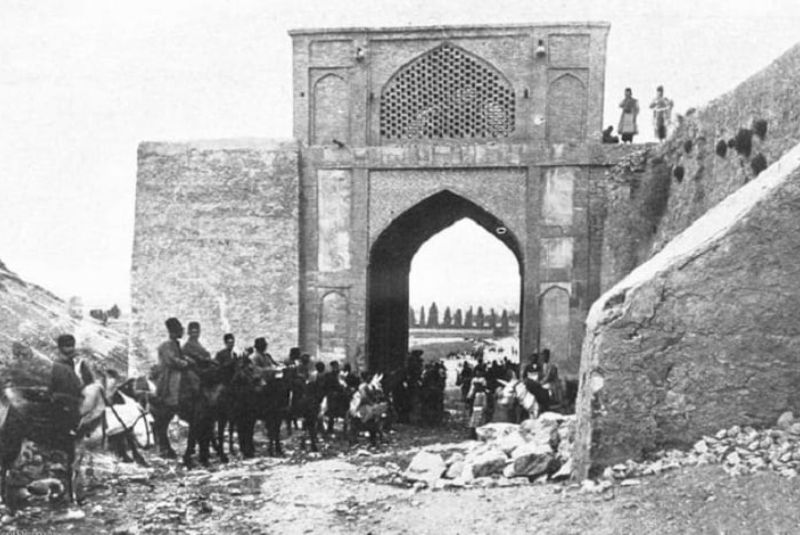
The Quran Gate traces its origins back to the 10th century during the reign of the Buyid dynasty. This period saw the construction of the original gate, which was intended to serve as both a protective barrier and a symbolic entrance to Shiraz. The gate was part of the city's fortifications and was built to guard the important northeastern passage into the city.
Over the centuries, the gate underwent several significant changes. In the 18th century, Karim Khan Zand, the founder of the Zand dynasty, ordered substantial renovations to the gate. His modifications gave the gate a new architectural character, aligning it with the Zand dynasty's vision for Shiraz. However, the gate faced destruction later, leading to its rebuilding in the 20th century. These reconstructions were vital in preserving the gate’s historical and cultural significance.
The name "Quran Gate" originates from a long-standing tradition that imbued the structure with spiritual importance. A Quran was placed in a chamber above the gate, with the belief that those passing underneath would be blessed with safety and divine protection. This practice made the gate more than just an entryway; it became a symbol of religious reverence and a source of comfort for travelers.
In 1949, the gate underwent a crucial restoration led by Hossein Igar. His efforts were instrumental in restoring the gate to its former glory, ensuring that it retained its historical features while adapting to the modern cityscape. The restoration by Igar is what gives the Qur'an Gate its current appearance, preserving its status as a cultural and historical monument in Shiraz.
Hossein Igar and his wife are interred in chambers flanking the structure. The Quran Gate was designated a national historic landmark in 1996.
The Quran Gate remains a well-preserved historical landmark, thanks to ongoing restoration efforts and conservation projects. The gate’s structure has been carefully maintained to ensure its longevity, with recent projects focusing on preserving its architectural details and inscriptions. These efforts have helped retain the gate’s original charm, making it an enduring symbol of Shiraz’s rich heritage.
The Quran Gate Architectural Features
The Quran Gate showcases a distinctive architectural style that reflects the historical periods it has witnessed. The gate is marked by its grand arched structure, which serves as the central element of its design. The brickwork is both robust and detailed, highlighting the craftsmanship of the eras that contributed to its construction and renovation. The archway, with its elegant curvature, stands as a testament to the skill of the builders, while the overall design maintains a sense of both strength and grace.
Quran Chamber
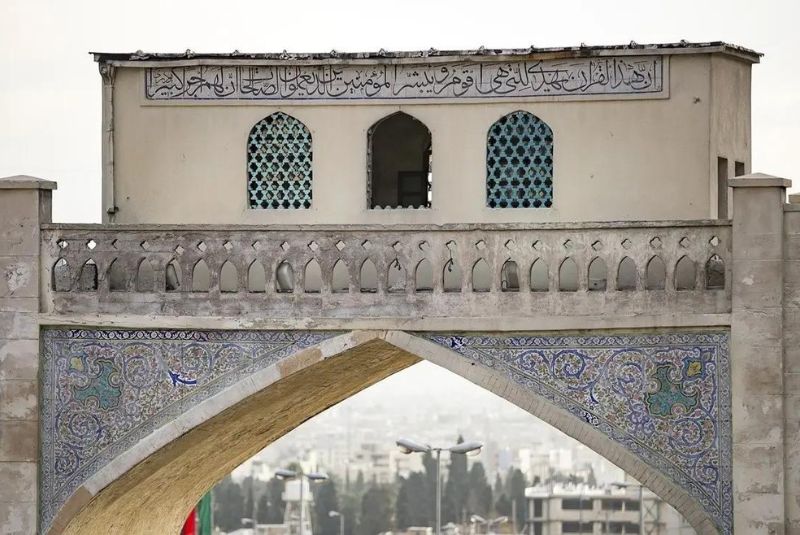
One of the most significant features of the Qur'an Gate is the chamber where the Quran was historically kept. Positioned above the arch, this chamber held one or more copies of the Quran, reinforcing the gate’s role as a spiritual guardian for those passing beneath it. The presence of the Quran elevated the gate from a mere architectural structure to a revered site, embodying a sense of divine protection and spiritual comfort for travelers.
Inscriptions and Decorations

The Quran Gate is adorned with intricate calligraphic inscriptions, many of which are verses from the Quran. These inscriptions not only enhance the aesthetic appeal of the gate but also contribute to its religious significance. The detailed calligraphy, combined with other decorative elements, adds a layer of cultural richness to the gate, making it a visually captivating and spiritually meaningful landmark.
Cultural and Spiritual Significance of Darvazeh Ghoran
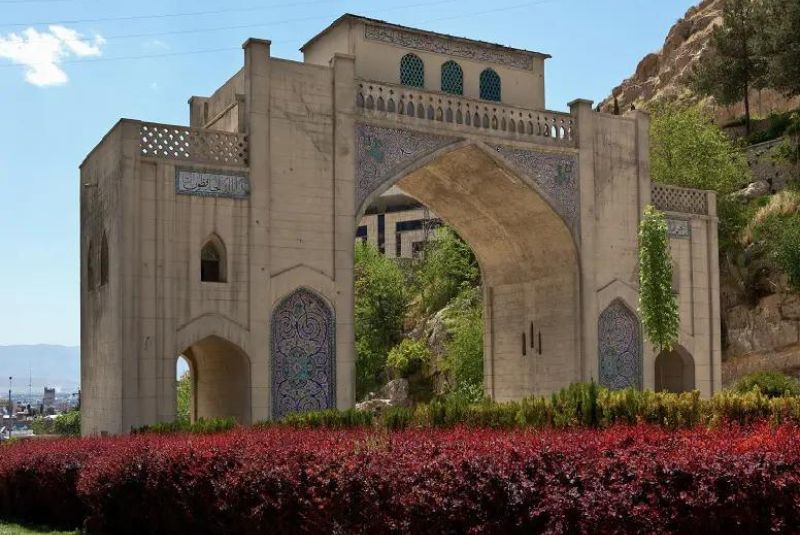
The Quran Gate holds a special place in the hearts of the people of Shiraz. It is more than just a historical monument; it is an integral part of the city’s cultural identity. The gate is often included in local cultural ceremonies and festivals, symbolizing the rich heritage of Shiraz. For many residents, the gate represents a connection to their ancestors and the enduring legacy of the city’s past.
The Quran Gate has long been regarded as a symbol of protection for Shiraz. Standing at the city’s entrance, it was believed to safeguard the inhabitants and visitors alike. The gate’s presence was thought to ward off misfortune and bring safety to those who passed through it. This belief in the gate’s protective powers contributed to its deep spiritual significance, making it a revered landmark.
The tradition of passing under the Qur'an Gate is rooted in the belief that it would bring blessings and protection to travelers. Historically, those entering or leaving Shiraz would walk under the gate, seeking the divine favor that was thought to emanate from the Quran kept within the gate’s chamber. This practice highlights the spiritual role of the gate, as it was seen not just as a physical threshold but as a source of divine grace for all who traveled beneath it.
The Quran Gate's Surrounding Area
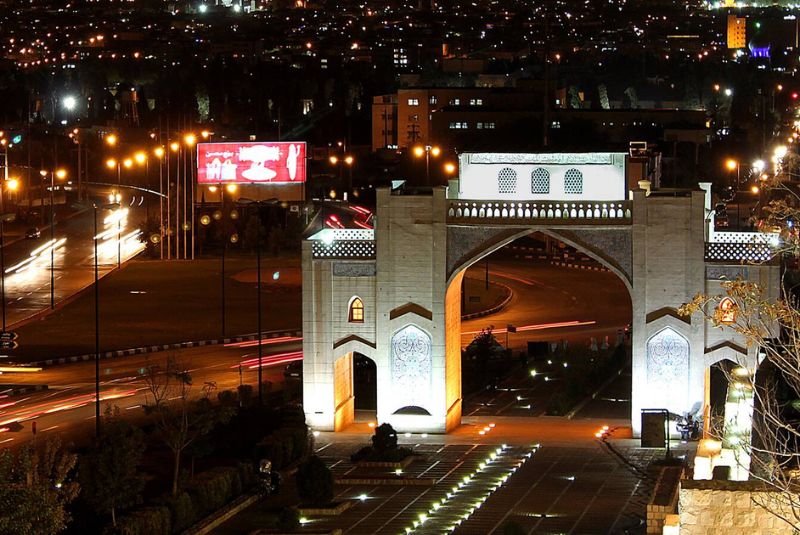
The Quran Gate also offers some of the most stunning views of Shiraz. From the gate, visitors can enjoy breathtaking panoramas of the city, especially during sunrise and sunset. These times of day offer the best light for appreciating the city’s skyline and the surrounding mountains, making it a popular spot for photographers and sightseers alike.
Exploring the area around the Quran Gate is a rewarding experience for visitors. For photography enthusiasts, the gate itself and the surrounding landscapes provide excellent opportunities to capture the beauty of Shiraz. The combination of cultural sites, scenic views, and the gate’s historical significance ensures that visitors will have a memorable experience in this part of the city.
Darvazeh Ghoran Nearby Attractions
The Quran Gate is surrounded by several notable sites that add to the appeal of the area:
Khajou Kermani Tomb
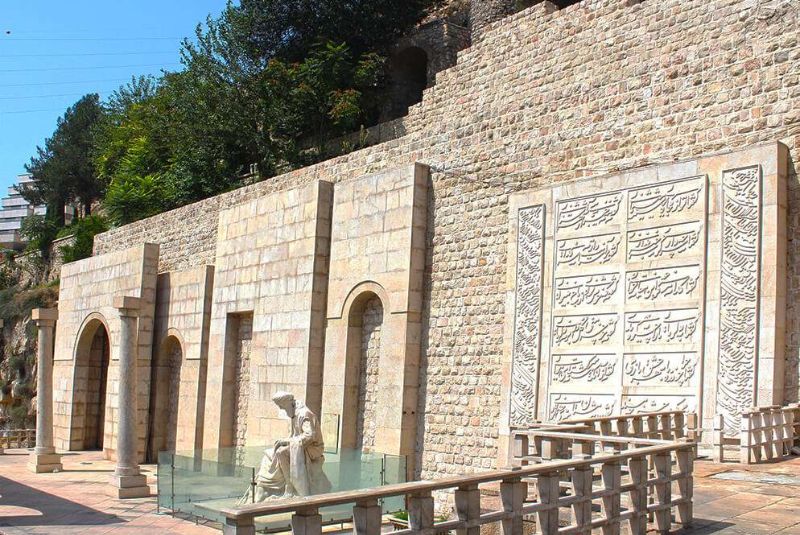
Located approximately 300 meters from the Quran Gate, the Khajou Kermani Tomb is the final resting place of the renowned Persian poet Khajou Kermani. This cultural landmark is set against the backdrop of the rocky hills, offering visitors a serene spot to reflect on the poet’s life and works. The tomb’s peaceful atmosphere and historical significance make it a must-visit site for those interested in Persian literature.
Jahan Nama Garden
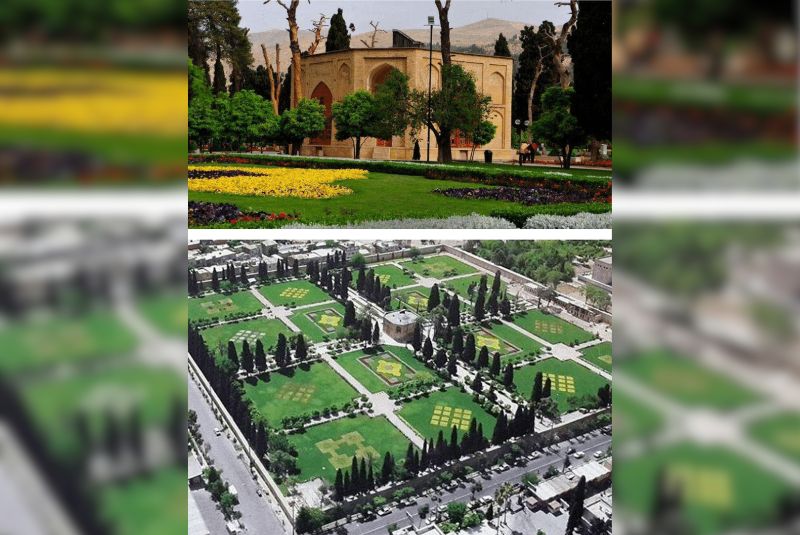
Situated about 1.5 kilometers from the Quran Gate, the Jahan Nama Garden is a historic Persian garden that dates back to the 14th century. Known for its lush greenery, symmetrical design, and beautiful water features, the garden provides a tranquil escape from the bustling city.
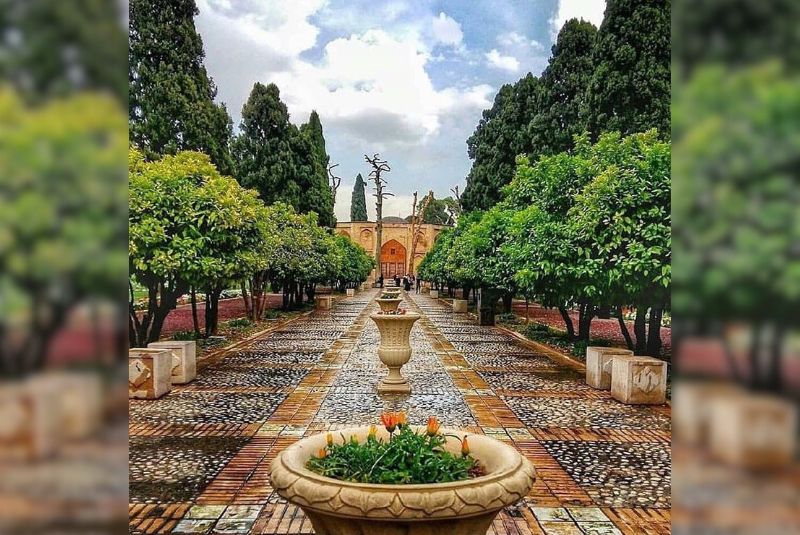
It’s an ideal spot for leisurely walks and offers a glimpse into the traditional Persian approach to garden design.
Allahu Akbar Gorge
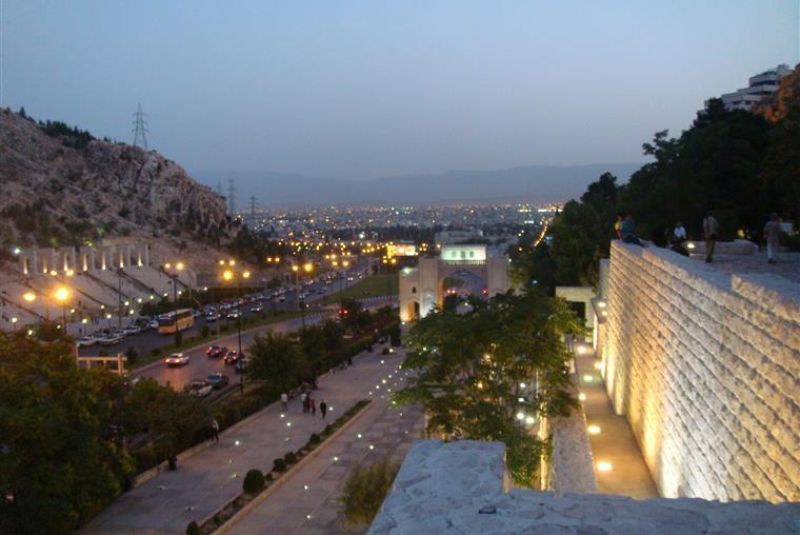
Just 200 meters from the Quran Gate, the Allahu Akbar Gorge serves as a dramatic natural entrance to the city of Shiraz. The gorge is framed by steep rock walls, creating a striking landscape that has been historically significant for travelers entering the city.
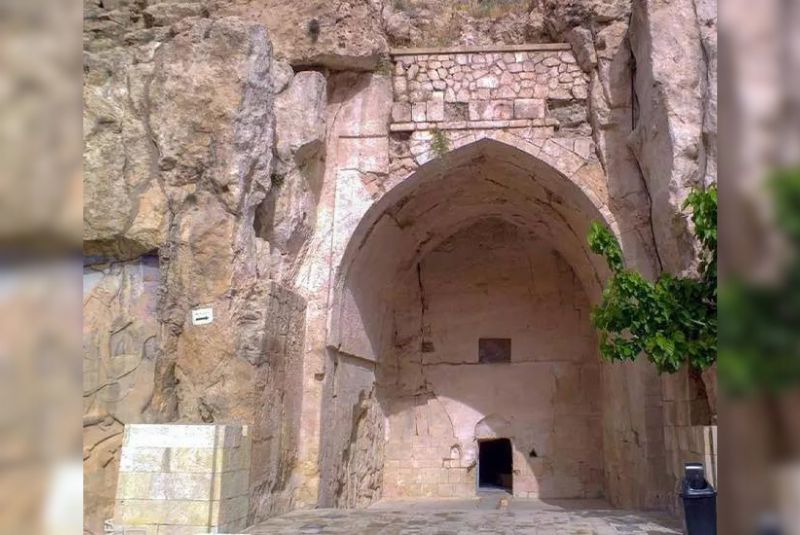
The site’s name, meaning "God is Great," reflects its awe-inspiring beauty, making it a popular location for photography and scenic walks.
Getting There
The Quran Gate is easily accessible from various parts of Shiraz. Visitors can reach the site by car or taxi, with parking available nearby. For those using public transportation, several bus routes pass close to the gate, making it convenient for visitors staying in different areas of the city. The gate is also within walking distance from some central locations, allowing for a pleasant stroll through Shiraz’s historic streets.
Best Times to Visit
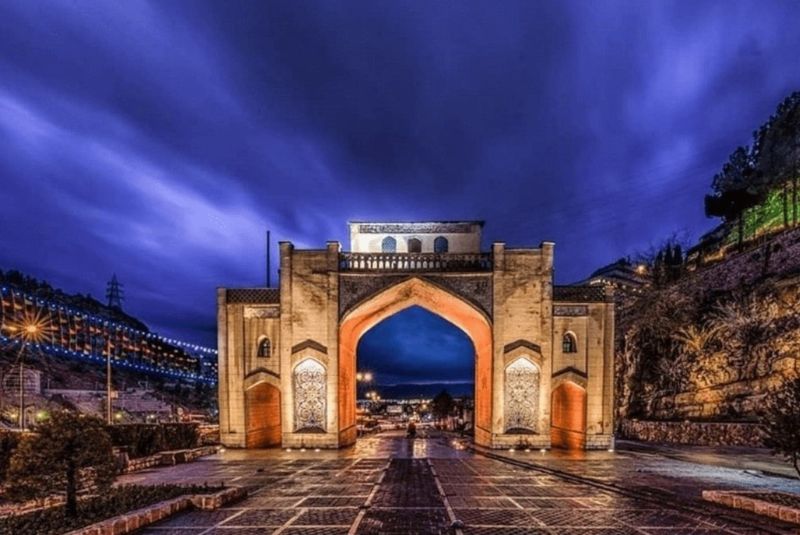
To fully appreciate the Qur'an Gate, early morning or late afternoon visits are recommended. These times offer softer lighting, perfect for photography, and tend to be less crowded. Additionally, visiting during the spring or autumn months allows for comfortable weather, enhancing the experience. Sunrise and sunset are particularly beautiful, providing stunning views of the gate against the changing sky.
Nearby Amenities
There are several amenities near the Quran Gate to make your visit more comfortable. Visitors can find a variety of cafes and restaurants nearby, offering local cuisine and refreshments. Rest areas are also available, providing a place to relax before or after exploring the gate. These amenities ensure that visitors have everything they need for an enjoyable visit.
Final Takeaway
The Quran Gate is a popular destination for both local and international tourists. Its historical significance, combined with its strategic location, makes it a frequent stop on city tours. Visitors are drawn to the gate not only for its cultural value but also for the scenic views it offers of Shiraz. The gate’s accessibility and proximity to other attractions enhance its appeal as a must-see site in Iran.
Share your story!
Comment below and let us know about your Experience.
Your story inspires others!


Comment
Leave a Comment